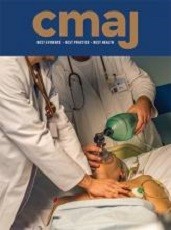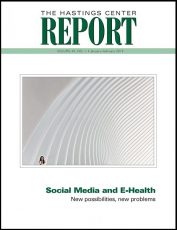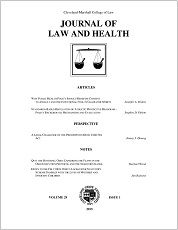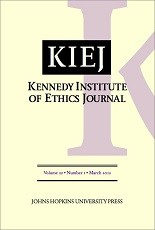Paul V Adams

Extract
We can ask ourselves: Where will we stand in 30 years if there are amendments to the Criminal Code in regard to the taking of human life, as are now being discussed? If mercy killing, physician-assisted suicide and euthanasia became legal activities — even under certain restricted guidelines — there would be inevitable progression until widespread acceptance of these practices would be accompanied by major changes in attitudes. [Dr. Waugh planned to respond to these letters but was unable to do so before his death on Apr. 18, 1997. In this issue, CMAJ features a tribute to Waugh (page 1524) as well as an article on is- sues surrounding access to abortion services (page 1545). — Ed.].
Adams PV. (Correspondence) Some final responses to Dr. Waugh. Can Med Assoc J. 1997;156(11):1529.



